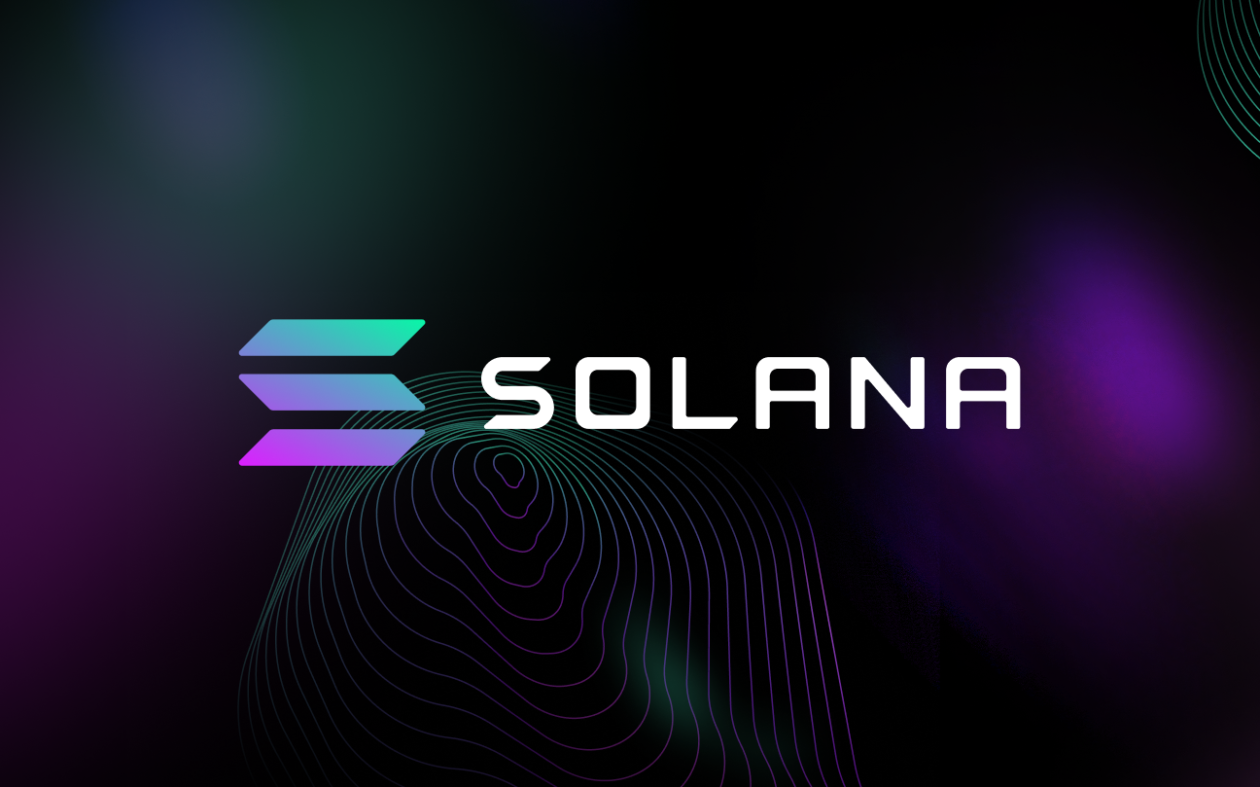|
Getting your Trinity Audio player ready...
|
- On May 10, the Helium Foundation published its report for the first quarter of 2023 highlighting a range of IoT applications that started running on the Helium network since the Solana migration.
- In the fight against climate change, IoT sensors on the Helium network are now able to measure the amount of carbon dioxide captured by trees and plants, aiding carbon sequestration efforts.
Helium Foundation has made significant strides in the realm of IoT applications since its migration to the Solana blockchain. The migration has enabled Helium to tap into Solana’s high-performance blockchain infrastructure, resulting in the emergence of a range of new and innovative IoT applications.
The Helium network is a unique wireless infrastructure that enables IoT devices to communicate with each other without the need for cellular or Wi-Fi connectivity. This is achieved by using low-power, long-range wireless radio technology that is based on the LoRaWAN protocol.
Solana is a fast and scalable blockchain platform that can handle thousands of transactions per second. This will enable Helium to handle large volumes of data from IoT devices in real-time, without sacrificing performance or security.
Related: Upcoming Helium Migration and Surge in Solana NFT Trading Boost SOL’s Rise
The Flourishing of IOT Applications.
The Helium Foundation released its Q1 2023 report on Wednesday, May 10th, showcasing several IoT applications that have been launched on the Helium network since the migration to Solana. The report notes that the migration to Solana has provided Helium with access to its high-performance blockchain infrastructure, enabling the network to support a range of new IoT applications.
One of the areas where the Helium network is being used is in smart waste management, where IoT devices on the network can now efficiently monitor waste levels in bins and containers. This, in turn, optimizes waste collection routes and reduces operational costs.
5/ @seeedstudio has a powerful suite of Helium sensors, which are being used to onboard regional parks into the carbon market. Environmental monitoring sensors can track carbon sequestration efforts, the role of green spaces in mitigating climate change, and even heat islands!
— Helium🎈 (@helium) May 10, 2023
IoT sensors on the Helium network can now aid carbon sequestration efforts by measuring the amount of carbon dioxide captured by trees and plants, contributing to the fight against climate change. Additionally, the Helium network is employing IoT devices to automate energy consumption, lighting, and heating in the smart building sector, resulting in improved energy efficiency and substantial cost savings.
The Helium network’s migration to Solana has enabled the network to support an unprecedented range of IoT applications. As Helium continues to develop and expand its network, we can expect to see a rise in innovative IoT solutions that have the potential to revolutionize the way we live and work.
With a keen eye on the latest trends and developments in the crypto space, I’m dedicated to providing readers with unbiased and insightful coverage of the market. My goal is to help people understand the nuances of cryptocurrencies and make sound investment decisions. I believe that crypto has the potential to revolutionize the way we think about money and finance, and I’m excited to be a part of this unfolding story.



